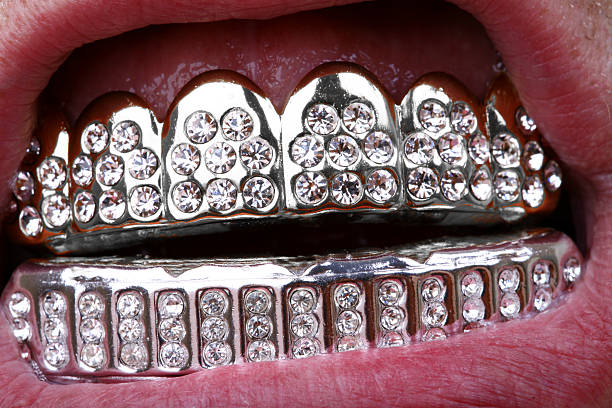Determining Diamond Clarity - One of the 4 C's All Entries

It wasn't until around the 20th century that there was an agreed-upon way to judge and determine diamond quality. The very first organization that came up with a standard for describing diamonds and assigning value was the GIA, or Gemological Institute of America. The standard is still used today, not only by the GIA but by most everyone. The standard is referred to as the 4 C's of diamonds. These include; cut grade, clarity grade, color grade, and carat weight.
What Do the 4 C's Mean for Diamonds?
While determining diamond clarity is important, so are the other C's of diamonds. The standard helps to do two things.
- It helps diamond quality to be communicated universally, no matter who you are or where you're from.
- It gives you, the consumer, a way to know more about the quality of the diamond you are purchasing. This also keeps you informed in terms of prices when purchasing a diamond.
Diamond Clarity Standards
In simple terms, "clarity" refers to the transparency of a diamond, including the purity of the diamond and the presence of visible flaws. Interruptions to the clarity of a diamond are referred to as either inclusions (if they're internal) or exclusions (if they're external.) Inclusions and exclusions aren't always unsightly blemishes. Sometimes they might even add to the unique qualities of the diamond. However, flaws in clarity will certainly detract from its monetary value.
The Clarity Scale
One of the biggest reasons clarity was included when determining diamond clarity is because different people were using different terms that could be misinterpreted. These terms included "eye clean" or "included." This variated language caused confusion from one jeweler to another, and didn't effectively communicate the unique aspects of different diamonds.
The modern clarity scale was started in the 1950's by GIA's former president, Richard T. Liddicoat, Jr. While the clarity scale has evolved slightly over time, it's basic principles have remained static. This clarity scale uses verbal terms that are considered descriptions of the diamond. Some examples include; Flawless, Internally Flawless, VVS1, VVS2, VS1, VS2, SI1, SI2, I1, I2, and I3.
Before purchasing a diamond it's important that you hire a jeweler that is GIA certified. This will ensure that you are using a credited expert that has a good reputation in diamond grading.
The Affect on Clarity
It should be noted that there are things that can affect the clarity of the diamond, which is also the reason why there are 4 Cs in diamond grading, not just one. The 2 biggest things to affect diamond clarity are the size and cut of the diamond. Its easier to see an inclusion in a bigger diamond than a small one. It's also easier to see flaws when a diamond has fewer facets - for example, an emerald cut diamond. The higher the clarity, the rarer the diamond is going to be, and the more expensive it's going to be.
If you are looking to sell diamonds or you want an appraisal to see how much they are worth, contact Ralph Mueller and Associates in Scottsdale today.